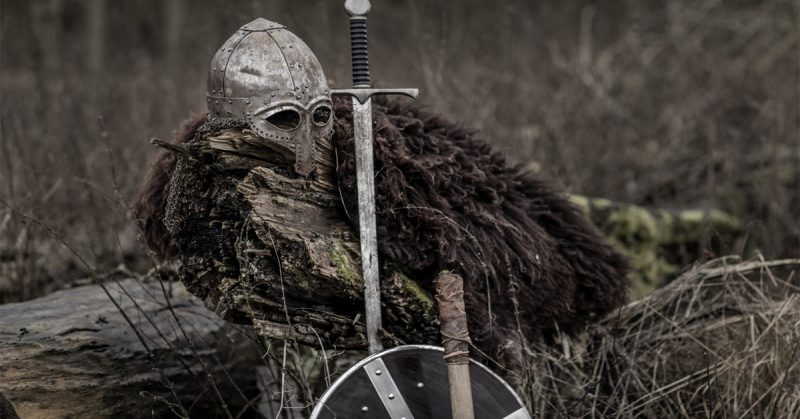History is like a game of telephone. It is recorded and transmitted to the future by whatever form of communication is available to the historian, whether it be writing, art, or through oral traditions. But when you go too far back, no tangible evidence survives.
The Viking Age (793-1066) evokes images of longships with big sails and fierce battles with horned invaders – a time of high adventure and romantic, if violent, piracy. The Vikings have been portrayed as barbarians because of their great success in expanding their territory. They were unquestionably able warriors. Maybe their advantage was their superiority in seafaring.
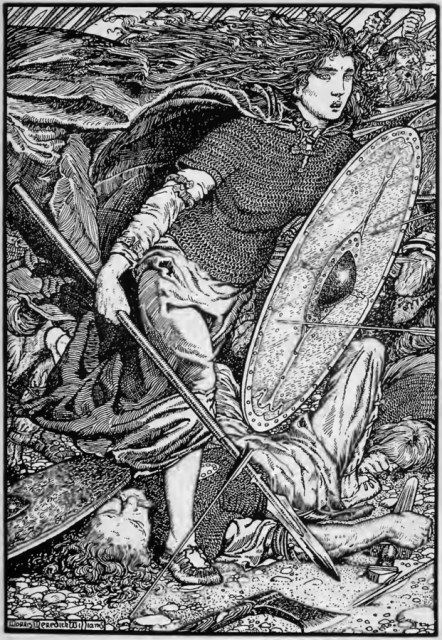
Most of us learned about the most notable Viking, Leif Eriksson, in school. He landed on the shores of North America long before Christopher Columbus. However, it’s difficult to discern between legend and reality. We know little more than that of the stereotypical raiders of literature. Archaeological artifacts are the only physical evidence upon which to speculate. Nobody knows whether there were women soldiers on ancient battlefields and in what numbers; but there are opinions – many, many opinions
Theories of the existence of female soldiers in the Viking era were given new life by the discovery of a grave in Birka, Sweden, in 1889. Upon excavation, they found human bones as expected. In addition, though, the tomb contained weapons and the bones of two horses. At the time, it was assumed to be the grave of a male Viking warrior – surely only a man could be a soldier.
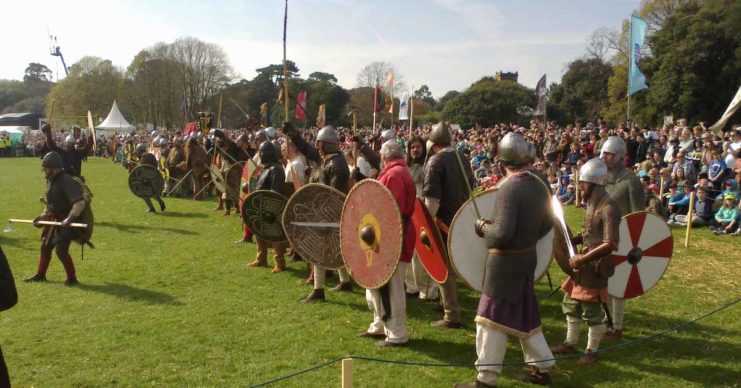
Then in 2017, some scientists reviewing the find argued that osteological testing and a DNA study proved it was a woman. This discovery inflamed an already highly-debated controversy. Some said it was apparently a female Viking. Others contend the science has not demonstrated the bones are female.
Still others believe there are numerous other conclusions to be drawn from a woman being buried with weapons and horses: perhaps the weapons belonged to a predeceased husband or father, or maybe she was an athlete with skills. Many popular sports of the day involved the skills of battle, some using the weapons of war.
Or maybe she really was a Viking warrior. Women were surprisingly autonomous in Viking society. They could pick their own husband and also seek a divorce. Women were housewives, merchants, artists, entrepreneurs, so why not a soldier?
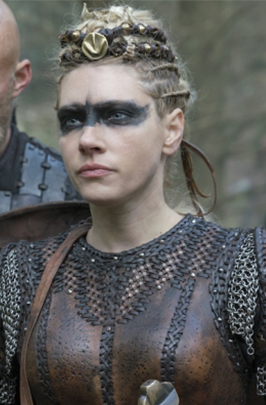
Legartha is a legendary Norwegian Viking shieldmaiden who has been portrayed as a character in literature. A shieldmaiden is exactly what the name implies: Legartha is usually pictured with a shield and a sword. The shield was standard equipment, making up part of the Vikings’ primary personal defense. It was built of planked wood, and cut in the shape of a circle. In the center was a rounded, convex piece of iron bolted to the front of the shield to repel the enemy’s blows. The sword was both the favored weapon and treasured possession of a soldier

Many legends have it that Legartha met her husband, Ragnar Sigurdsson, in battle. Ragnar was fighting King Frø of Sweden to avenge the death of the Norwegian king, his grandfather. She was leading a group of women warriors dressed like men, who had been imprisoned and prostituted by King Frø.
After the battle, she was heralded for her ferocity. She was easily distinguishable from the male warriors on the battlefield by her long, flowing blonde hair. Ragnar took notice, courted and then married Legartha. They had three children before they divorced.
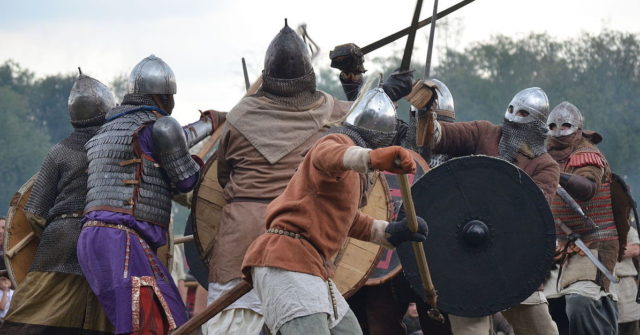
Saxo Grammaticus was a Danish historian, theologian, and author who lived during the 12th Century. He was believed to have worked for the Archbishop of Lund, whose monastery is believed to be the location of the first battle of the Viking Age several centuries prior.
Grammaticus was the first to write about the history of Denmark. He chronicled the legend of Legartha and Ragnar, referring to Legartha as a maiden with the courage of a man. Ragnar went on to be known as Ragnar Lodbrok who was known both as a hero and a brutal killer. Two of his sons became even more famous than their father when they invaded Europe.
